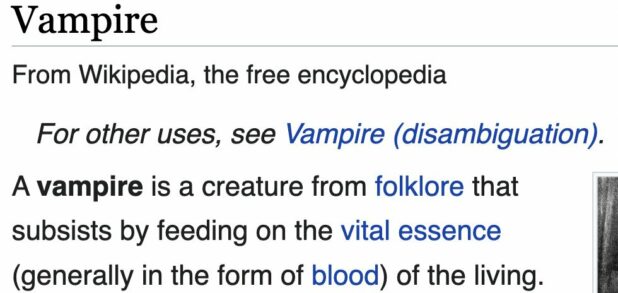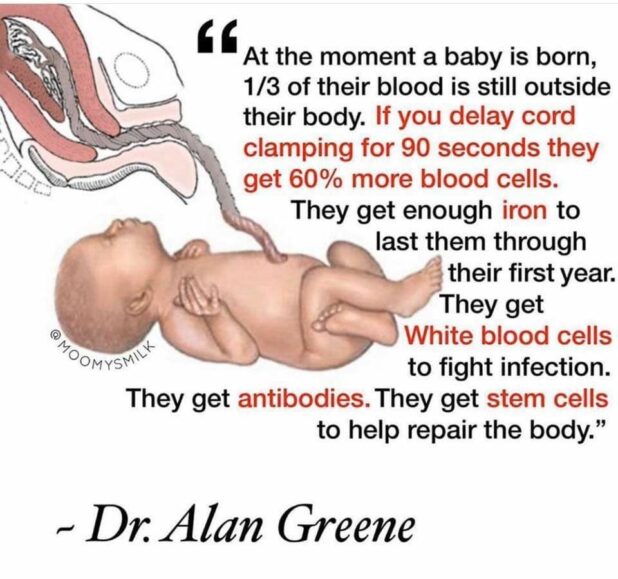It is clear that HIV doesn’t exist, and it is becoming increasingly difficult to believe that any virus exists.
Certainly, there is no proof of the existence of any virus. It’s just a theory that sometimes sort of makes sense.
What does exist, however, is immune system problems. And apparently, these problems can be solved with… Jewish blood rituals.
The first woman — and third person ever — has reportedly been cured of HIV after receiving a breakthrough treatment involving a “magical” umbilical cord blood transplant.
Researchers at New York-Presbyterian Weill Cornell Medical Center in New York led the study, and shared their findings during the Conference on Retroviruses and Opportunistic Infections in Denver the New York Times reported Tuesday. Their case study, from New York, bears significance for a number of reasons.
The “past middle-aged” woman, who chose not to be identified in the interest of privacy, was among the first to receive a novel transplant method using umbilical cord blood, fortified with a mutation that blocks HIV from entering her cells. She also received partially matched blood stem cells from a first-degree relative — a parent, offspring or sibling — while the cord blood treatment worked its way through her rejiggered immune system.
Now, just 14 months after her transplant, her blood shows no trace of the virus. The successful therapy also led to remission from leukemia that she developed in March 2017 due to HIV infection.
Scientists believe the fact that cord blood comes from newborns might suggest they’re “more adaptable” than adult stem cells, Dr. Koen van Besien, transplant service director at Weill Cornell Medicine, told the Times.
Dr. Steven Deeks, AIDS lecturer at the University of California, San Francisco, who was not involved in the study, called them an “attractive option.”
“There’s something magical about these cells and something magical perhaps about the cord blood in general that provides an extra benefit,” Deeks told the Times.
The umbilical cord blood belongs to the newborn.





